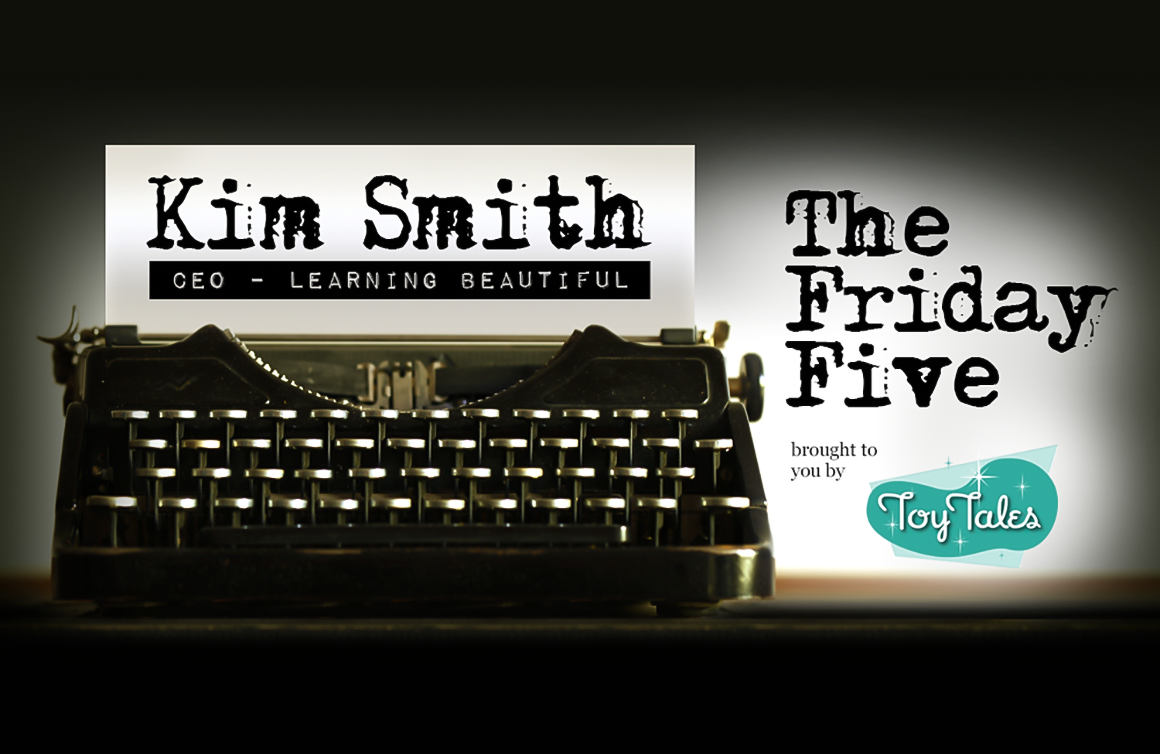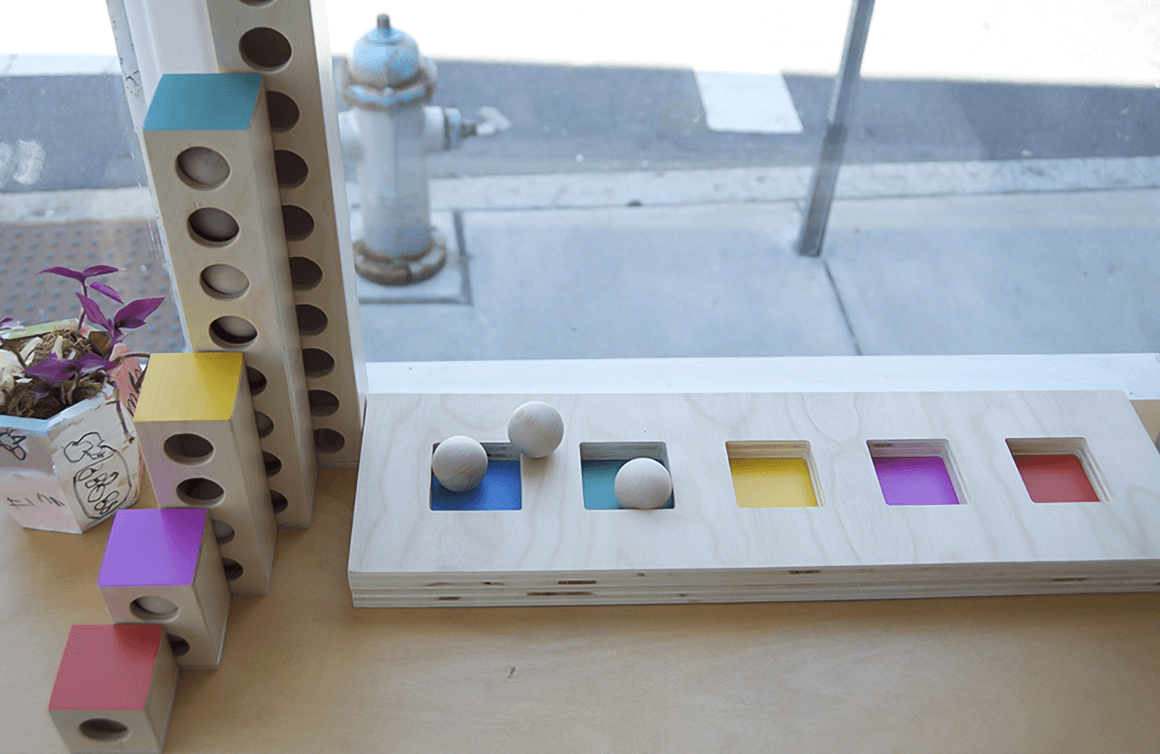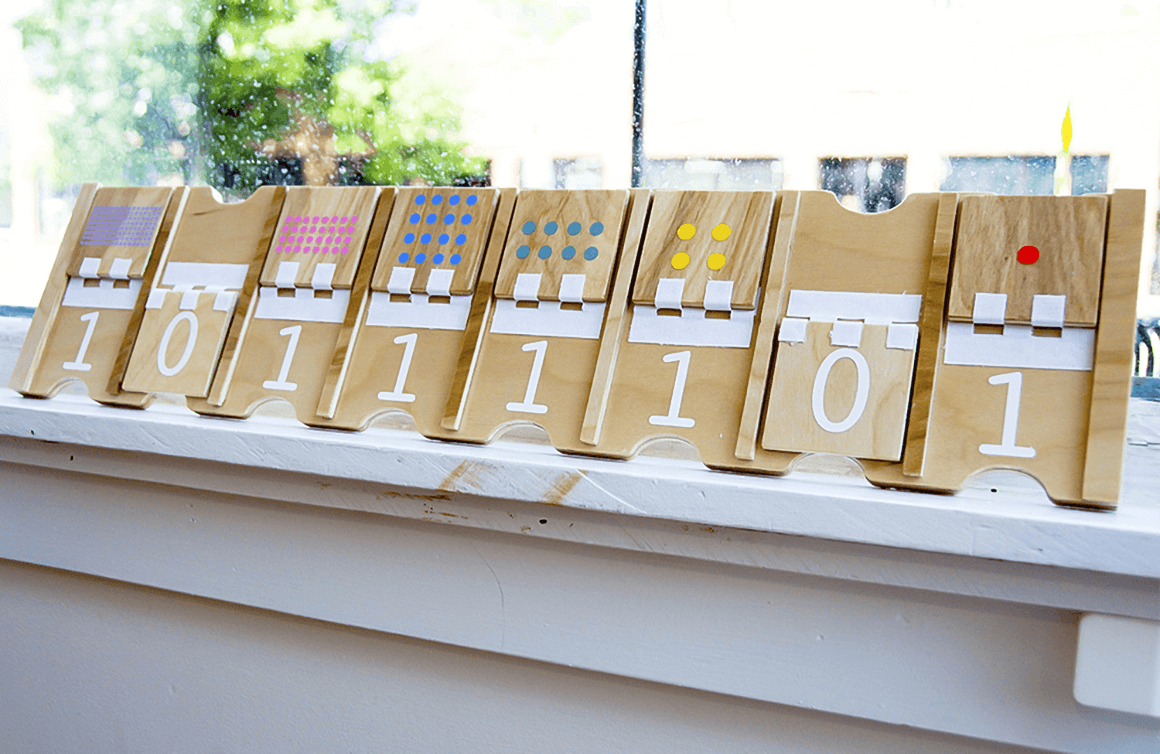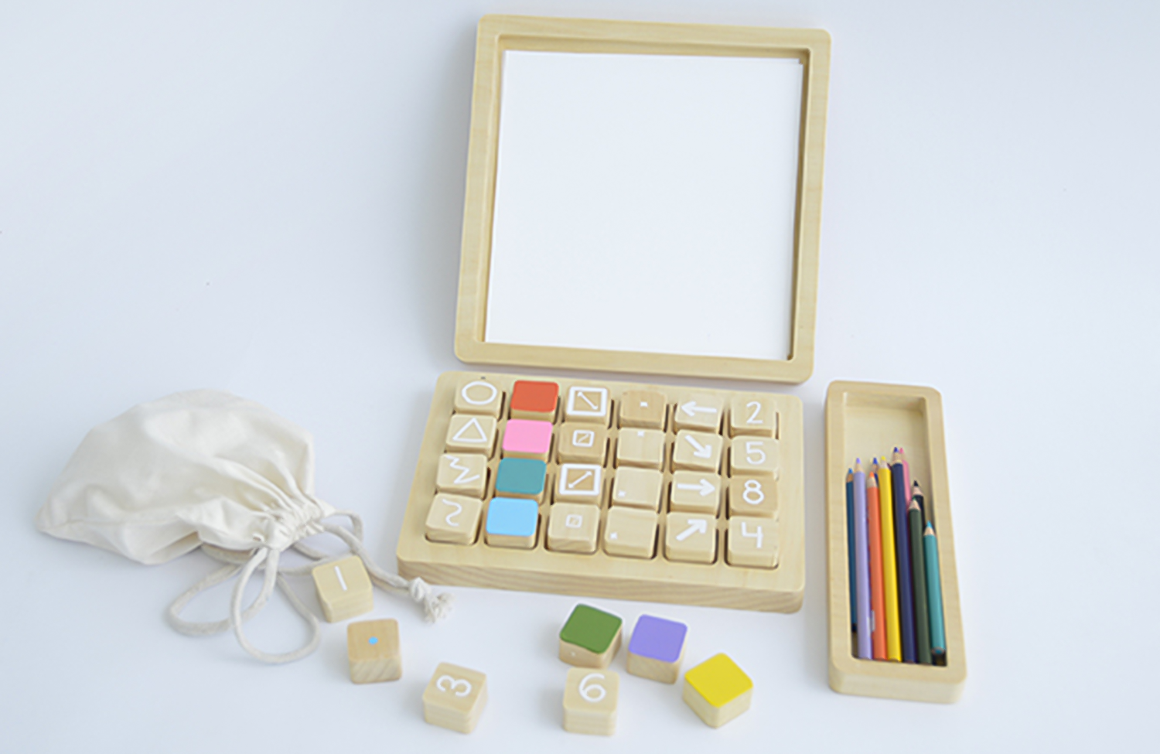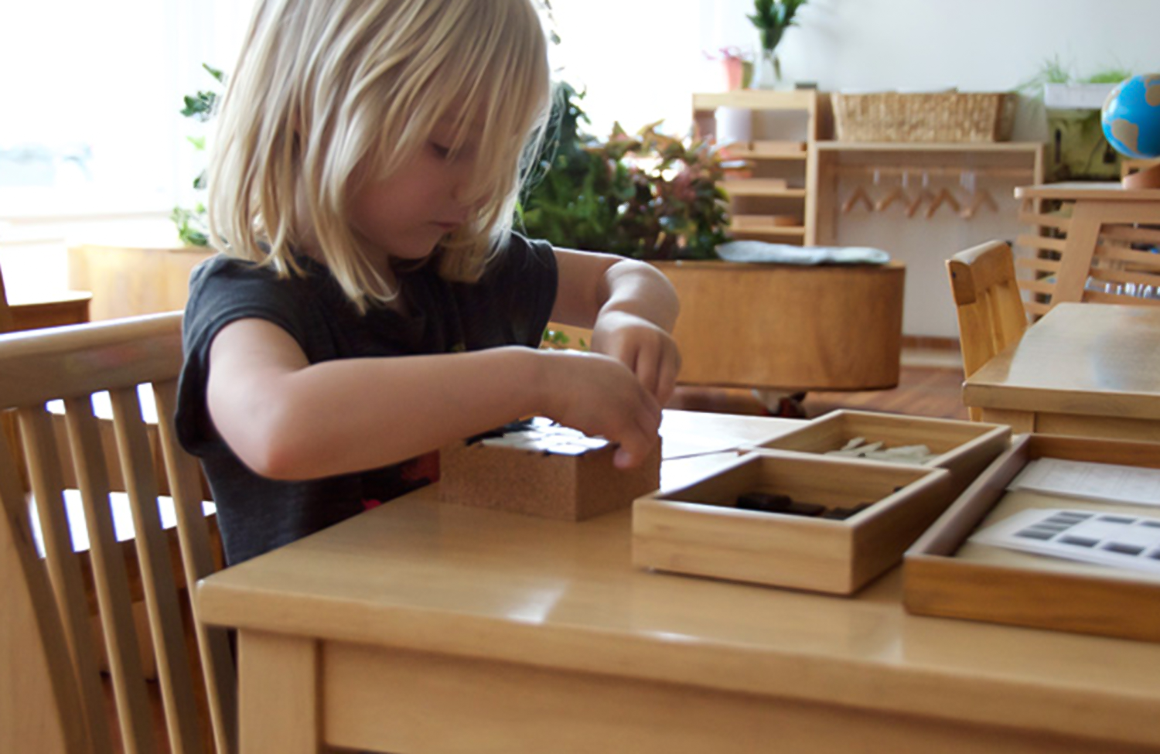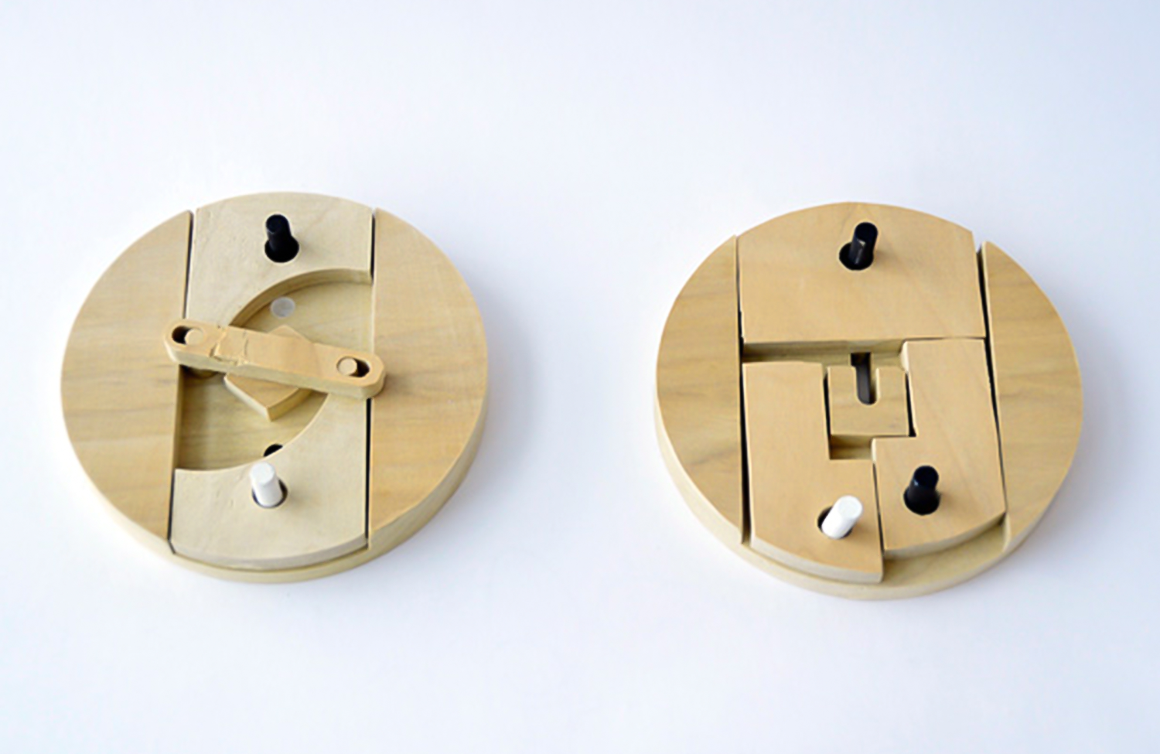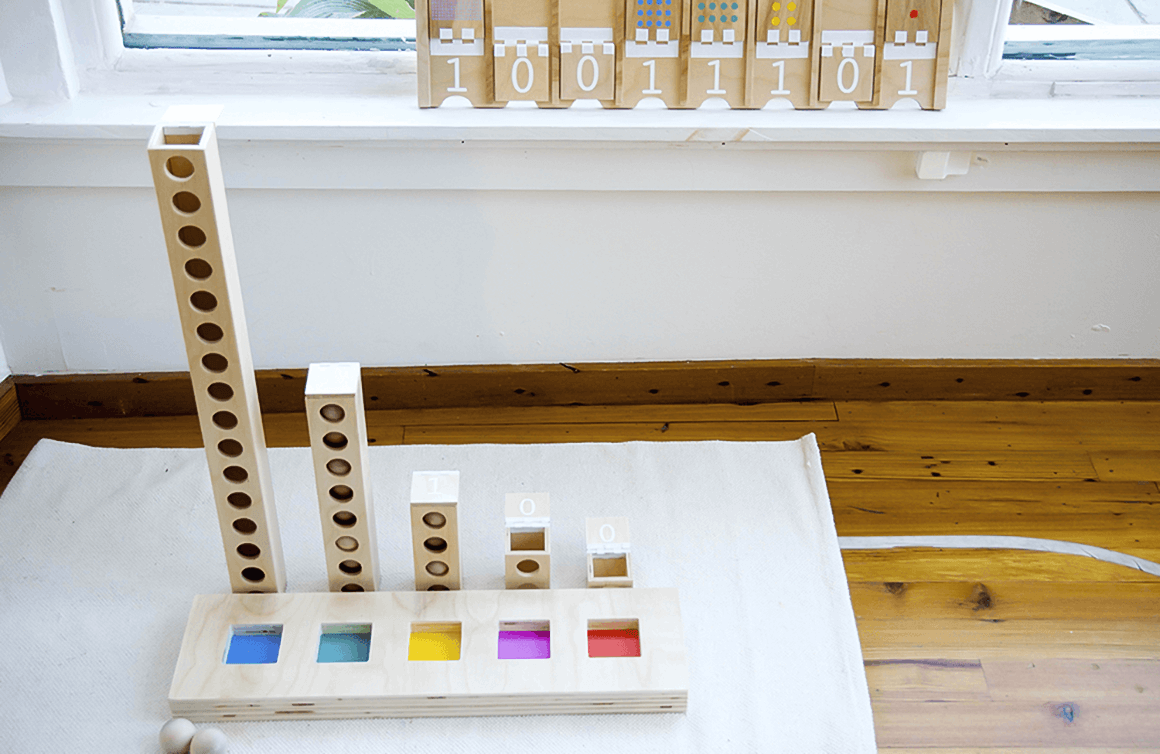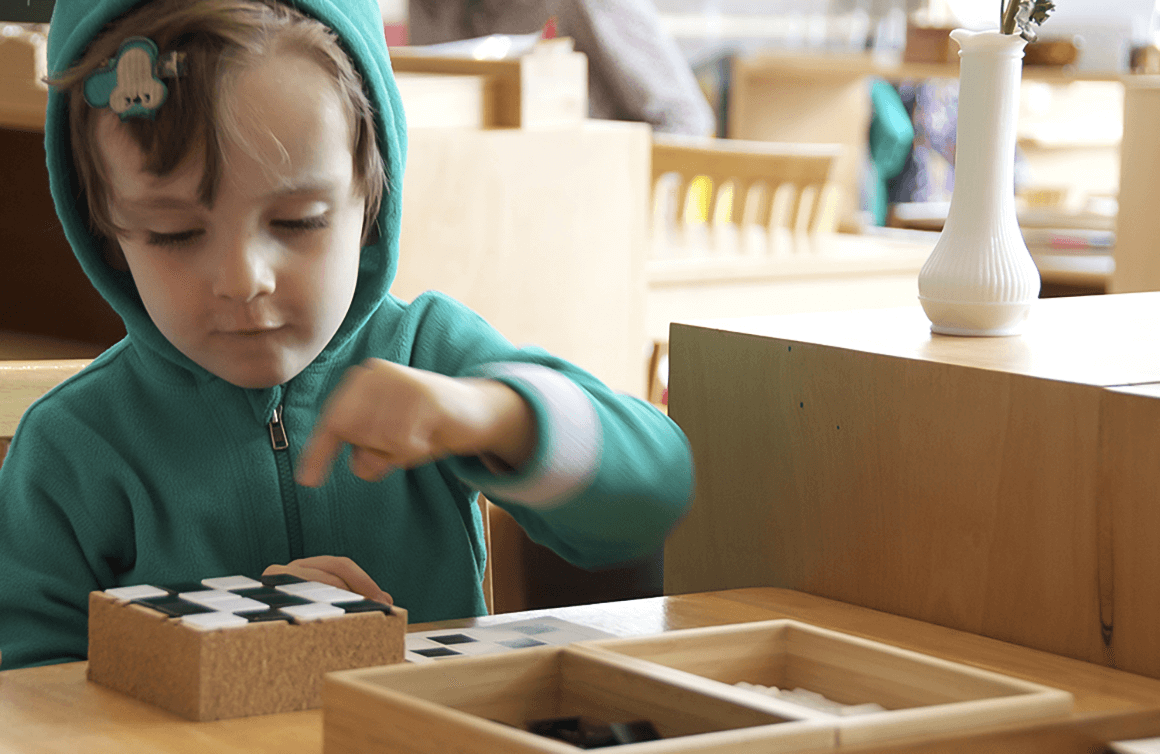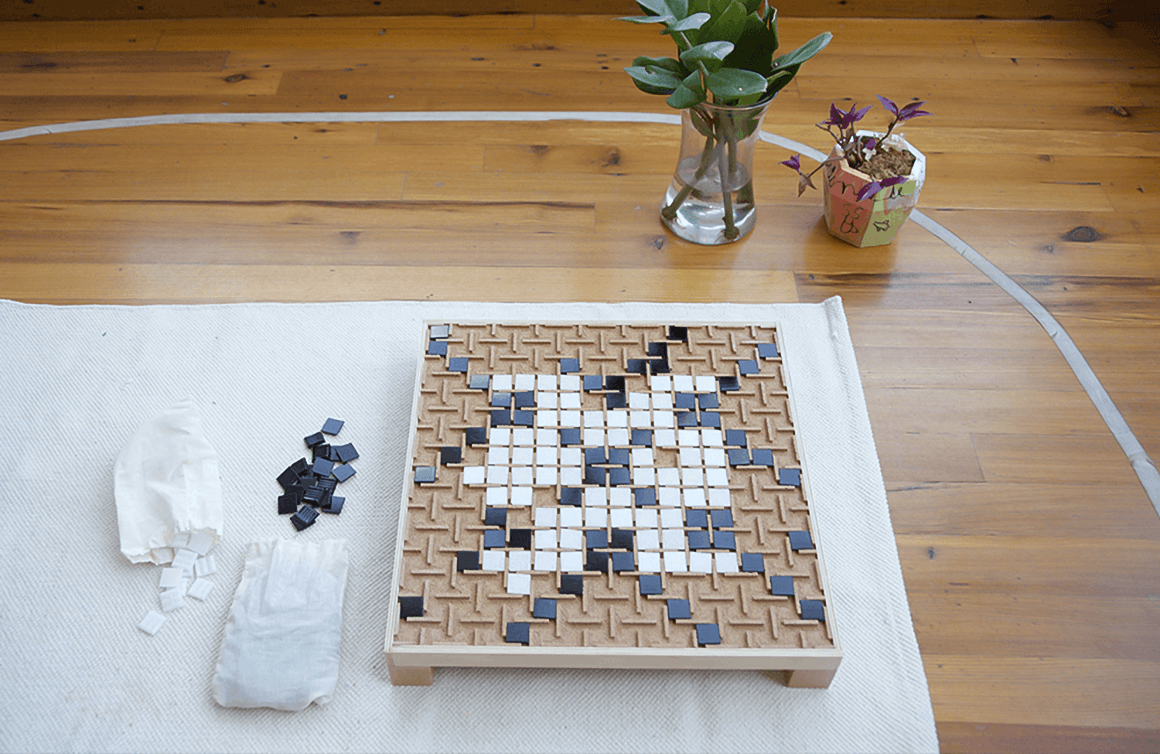When did you develop a passion for computational literacy?
I worked as a researcher at MIT’s Media Lab doing work focused on education and developing tools to enhance learning. I have a background in art and design through my time as a student at the School of Visual Arts in New York City, so my approach to creating new learning tools is rooted in those experiences. I work directly with computer scientists to bring those two worlds together. Media Lab is an anti-disciplinary environment, which makes developing new ideas an exciting process.

Why is developing computational literacy important for children?
It’s a fundamental literacy today. It’s a similar process to developing reading and writing skills. You don’t walk into high school being able to write a sophisticated essay. It’s the previous years of education that elevate the individual to a place where that’s possible. It’s the same with teaching computational literacy. The sooner we start teaching basic concepts, the more prepared children are to advance their knowledge.
We work with children in two age groups: 3- 6 years old and 6-9 years old. These are the ages where children start to make physical connections that they are later able to articulate if the implicit knowledge is already there.

Why do you take an analog learning approach vs. a tech-based approach?
Most kids under the age of five don’t need to increase their time spent on tech devices; I think most parents would agree. Analog toys are developmentally appropriate learning solutions for the age groups we study.

What is it about the Montessori method that motivated you to work with them?
Montessori takes a child-centric approach to learning, and that’s a great fit for my work with MIT Media Labs and Learning Beautiful. The Montessori method uses controlled blocks of time for activities and encourages children to follow their innate curiosities – a philosophy that Media Labs also embraces.

What’s your vision for Learning Beautiful?
Learning Beautiful is still quite new; we’re working in the present. Of course, we have our eyes on funding models so we can continue our research and develop new educational opportunities.

Learn more about Kim Smith and her work at Learning Beautiful on their website.

